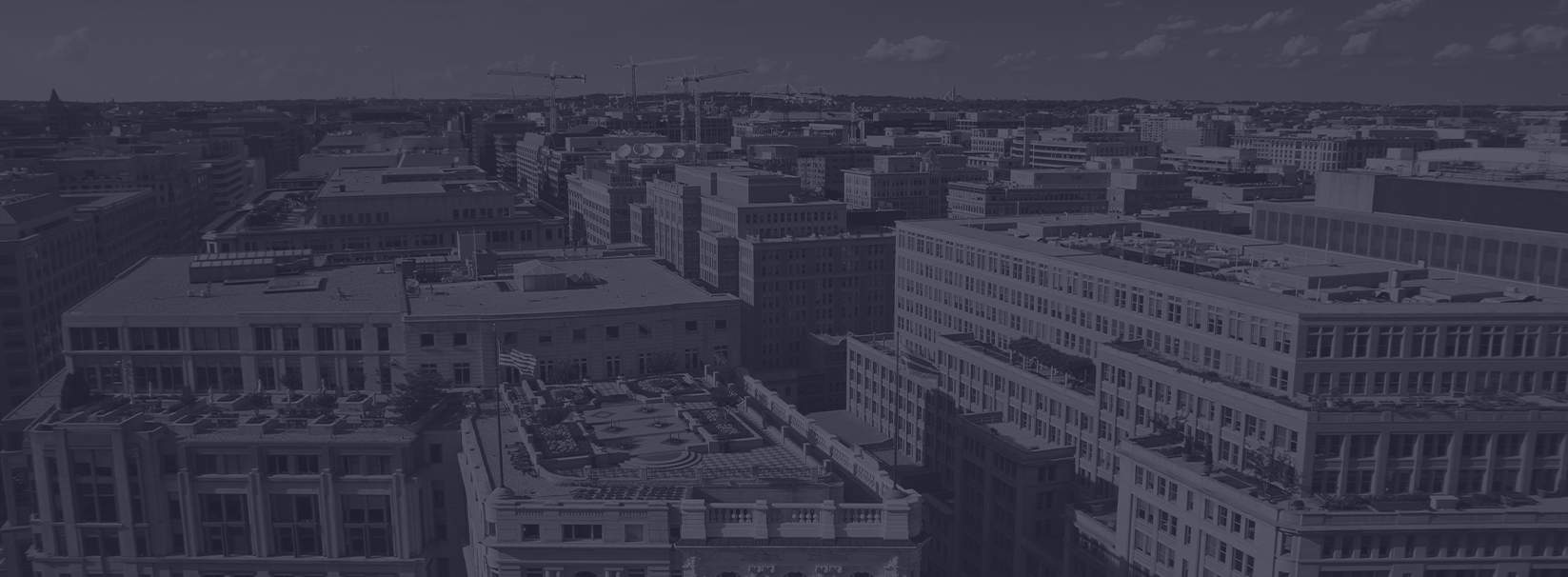Like the rest of the world, Washington, D.C., is experiencing an unprecedented shutdown of daily life in response to the COVID-19 pandemic. The trajectory of this global disruption, and ultimate fallout, are impossible to foresee. Still, historic trends and underlying strengths or weaknesses of an office market can provide some insight into what could be expected when the country returns to a “new normal.”
The S&P 500 Index often serves as a proxy for the health of the U.S. stock market and the overall economy. Commercial office markets in many Tier One cities closely follow the index’s trendline. Overlaying the S&P 500 with average office asking (advertised) rents for other gateway markets, including New York and San Francisco, shows a coincidence and likely correlation between previous economic downturns and a decline in rents. The D.C. market, however, is an outlier in that it has not responded to severe downturns in the economy with a similar downward trend.
During the Dot-Com Bubble crash and the aftermath of the September 11th terrorist attacks in 2001, the S&P 500 Index fell 41.1% from peak to bottom. In tandem, Manhattan asking rents fell 29.0%, and San Francisco’s fell 49.6%. D.C.’s rents, however, continued to push upwards despite the economy floundering. Similarly, during the Global Financial Crisis and Great Recession (2008-2009), the S&P 500 Index fell 40.4% peak-to-bottom, while Manhattan asking rents dropped 38.4% and San Francisco’s dropped 25.0%. Again, D.C.’s asking rents hardly budged from a gradual upward trajectory with only a 2.5% dip.
